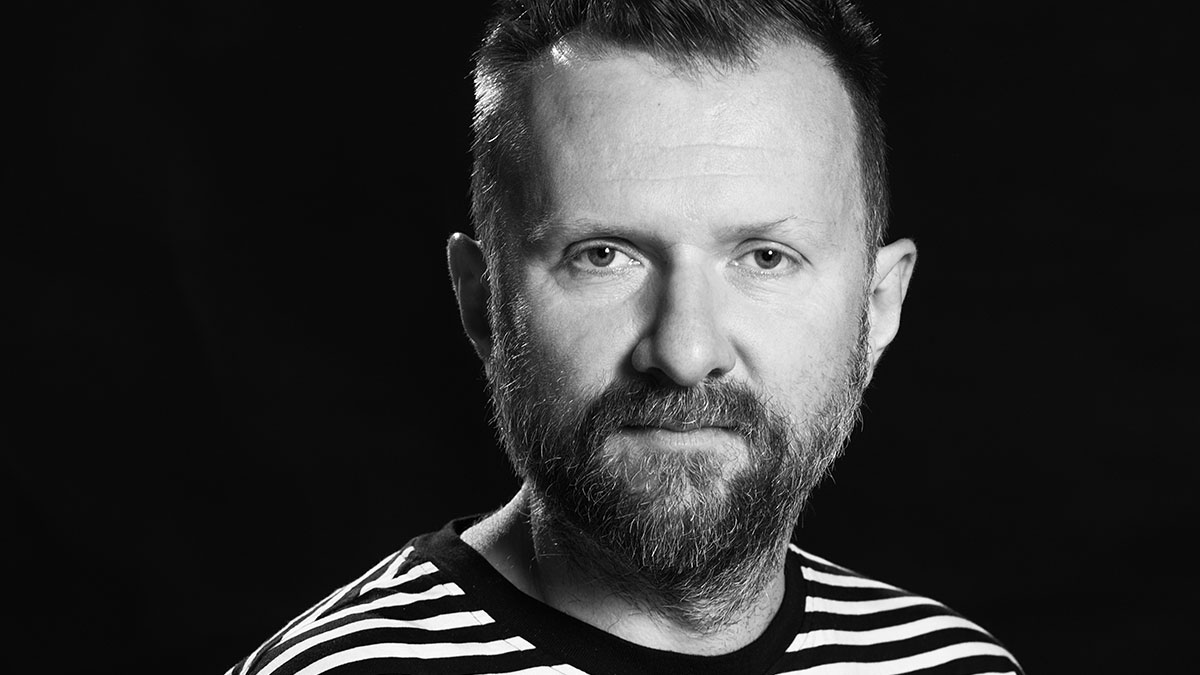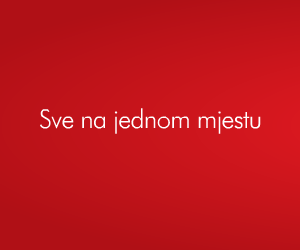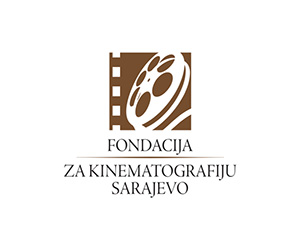
12/10/2023
Vlad Petri: I remember the fear when I watched the assassination of Ceaușescu and his wife
'Between Revolutions' is a film created exclusively out of archives, which reflects on the lives and destinies of two women, colleagues and friends from college, one from Romania and the other from Iran, and who live in two patriarchal societies. This is a hybrid documentary which combines archives and real documents with fictional elements and the correspondence between these two women is at its core. The text of the letters is inspired by archives from the Secret Police and by the poems of two important female writers from Romania and Iran - Nina Cassian and Forugh Farrokhzad and is written by one of the most talented Romanian contemporary writers - Lavinia Braniște. The film is going to be screened in the competition program of the 24th Mediterranean Film Festival, which was the occasion to talk to the Romanian director Vlad Petri.
How did you come to the idea for this story – to connect the two revolutions, the one in Romania and the one in Iran?
I started working on this film more than 3 years ago, after reading a study about the foreign students living in Romania during the communist period. I was mostly interested in the people who came from the Middle East to study in a closed country like Romania at the end of the 70s and the beginning of the 80s. During those years, Romania had the policy of openness towards countries that were part of the non-aligned movement, encouraging the enrolment of foreign students in exchange for economic and infrastructure projects that involved Romanian workers and engineers. In addition to the general aspects, I was also interested in the personal stories. I talked at length with my mother about her student years. She was enrolled at the Medicine University in the late 70s. She showed me photographs from her student years, we discussed politics, daily lives and about her colleagues from other countries. I was always curious how Romania was perceived by an outsider during those years, being a communist country, so different from the capitalistic, western societies. Besides this, I wanted to know more about my mother's routine, about her hopes and dreams, about all the hardships a woman had to endure at that time. Also, it was a challenge to go back to this social movement that changed the society as a whole. In my opinion the revolution against the shah’s dictatorship in Iran and the one in Romania against Ceausescu’s regime are the most important political events of the 20th century.
What is the significance of this film in your opinion?
This film talks about hopes and dreams, about people believing in a change. Maybe even about utopias. And as the quotation at the beginning of the film says, from well known Iranian writer Azar Nafisi: 'You need imagination in order to imagine the future that doesn't exist'. This film is also about imagining other worlds, worlds where the revolutions succeeded, and where all the hopes and dreams transformed into something good for their societies. This film also talks about deception, about all these dreams that were not fulfilled and the willing to change transforming into something worse. It is a film that presents a subjective, feminine history of two countries and societies that experimented with different political systems, an Islamic and Communist one, in which people were gradually crushed by the repressive political apparatus. It is a film that resonates with the recent events in Iran, where women are fighting again for their rights, just as they did in 1979. Their cry now, even if not present in the film, expresses what Zahra and Maria also want: "Zan, Zendegi, Azadi!" - "Woman, Life, Freedom!"
You were still a child when the revolution happened in Romania in 1989, what are your memories of that time?
Yes, I was ten years old when the revolution happened in Romania and watched all that with my mother on national television, so I have very vivid memories of that time. I remember how I was frightened by the faces of Nicolae Ceaușescu and his wife being killed, with all the blood on their faces. The cameras zoomed in their faces, it was like changing the history, they wanted to impress people, to see these people that we saw only in nice painting s where they always looked 20 years younger and now we saw them in this harsh reality at the beginning of the 90s. Their faces full of blood, their bodies fallen after the shooting. It was some kind of new legitimacy of the new government, like showing how these people that were everywhere, controlling everything and now they are thrown away like garbage. These images were really powerful and really made a lasting impression on me.
Why did you decide to tell a story from a woman’s point of view?
There are two main issues. The first one is that I wanted to find out more about the women like my mother, living and studying in Romania and Iran at the time. I always wondered how her student years looked like. Zahra, the other character is like a reflection of my mother in the mirror. Maria and Zahra through their letters find a very close connection and in a way they find strength to fight these patriarchal societies. Second reason why I chose this point of view is connected to the fact that both communist Romania and Islamic republic of Iran had more or less the same regime, these are very patriarchal societies. The leaders are male and there are these fatherly figures that control the whole societies. They are dictators and how is the life of women there, how do they live? What are their dreams and hopes? Can we find their voices in these archives, do they have a voice? And of course, I am a male director, but we had a very mixed team, the producer is woman, the screenwriter, we had a lot of female consultants so we were very careful how to embody these women, to be written by women, to go through their filters, even though I am the director of the film. We were always questioning ourselves and always trying to find the best means how to convey this story.
Maria and Zahra are fictional characters we don’t see in the movie.
Yes, they are fictional characters, but at the same time they summarise lives of many women. Their stories are constructed from other stories; their story is about the past but at the same time is not about the bust, it is more about the present. It is not about how life of Maria and Zahra was, but how it would have been if this story really existed. If this very strong connection between these two women living thousands of kilometres really apart would have been real, would it have been possible to be like that? It is almost like to dream or to imagine a better world or a better future. It is a film about how we look from the present to the past and we decided to do this through these fictional characters.
The letters are inspired by the documents from the Secret police?
It is hard to tell which percentage of the letters is coming from the Secret police and which is not. They were based on the documents because we wanted to see how letters were even written at the time. All the letters were censored, and they were opened at the border by the secret police. We had the researcher and historian Mihai Burcea who finds those documents for us. But, they were just the basis, the story is composed of fragments from these letters, we added a lot of fictional elements in all this. There are elements of poetry of two feminist poets Nina Cassian and Forugh Farrokhzad that almost talk to each other like Maria and Zahra, there are reflections, connections between the two countries. For me it is not important what is document and what is not. It is a film in which the borders between fiction and reality is blurred and that is what we wanted at the beginning.
Life in Romania is different today, but Iran is still in times of revolutions.
The film presents an era that is long ago, the communist era in Romania that was coming to an end in 1989. We saw capitalism coming to Romania with Pepsi and Lucky strike and people fighting for the goods coming from the west, from US. And it was a long transition period, and there are still people that are nostalgic for that time, when they had jobs, housing and everything. We live in very harsh capitalistic society where the inequality between the rich and the poor is very big. But what is happening in Iran is different, what we see in Iran in the film is still what’s going on there. The regime is the same, the blossom of the revolution, which started with so many hopes at all social and human levels and was high jacked by the religious people, the Islamic republic which controls all the layers of society. When Romania was under communism, the will of the people to fight against the people of the regime was strong. We now live in capitalism where people don't know exactly what to choose when they go to vote, they don't have too many options, they have to choose between A and B, but both options are the same. They do not have a common enemy, and now it is difficult to unite against something, to have a strong will at all levels of society. These things are evident. People are smashed by those in power. We also see in the film, people protesting and their will to fight was different and the solidarity between people at that time was much stronger.


